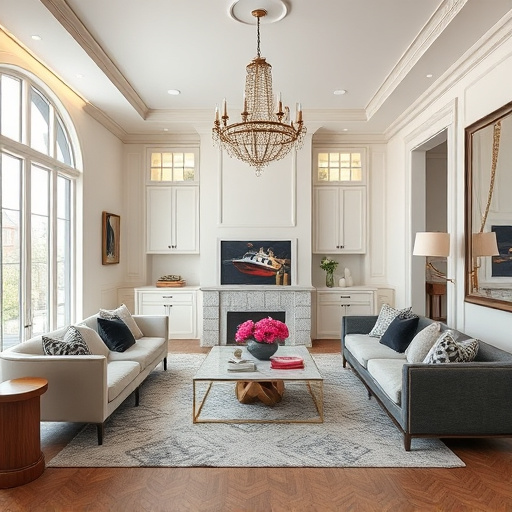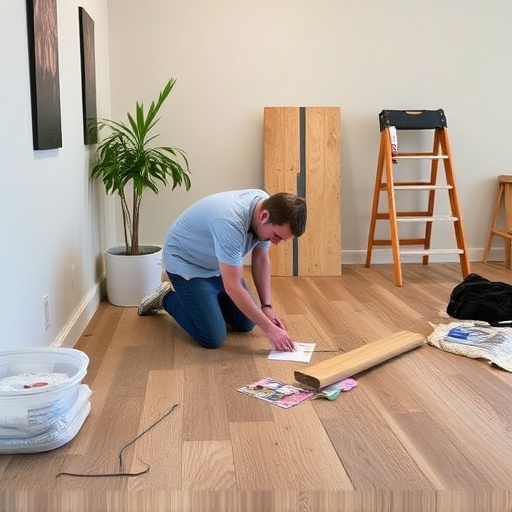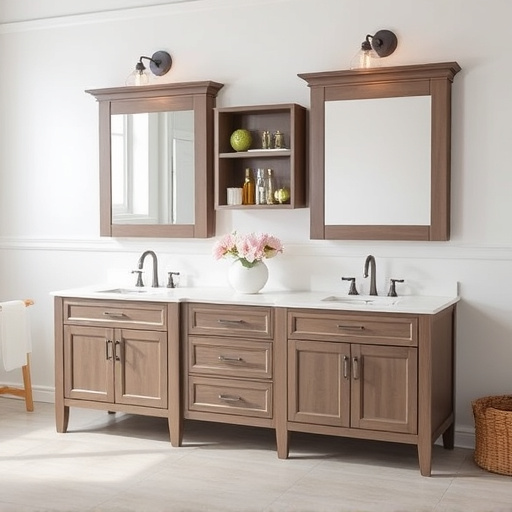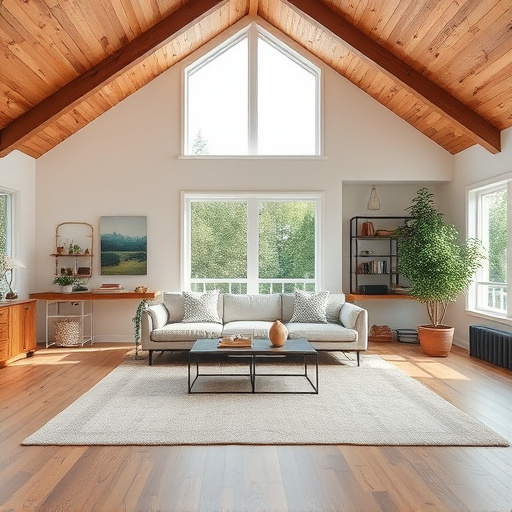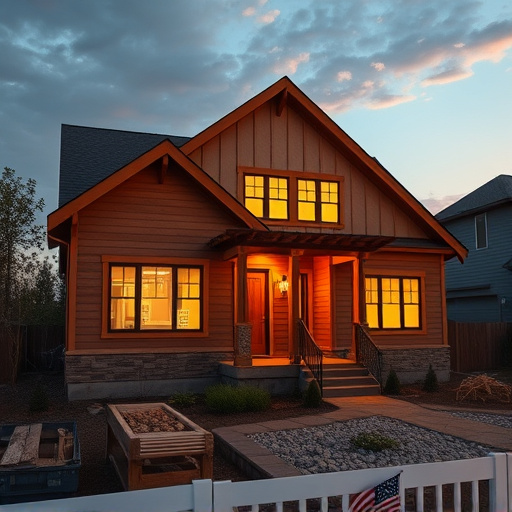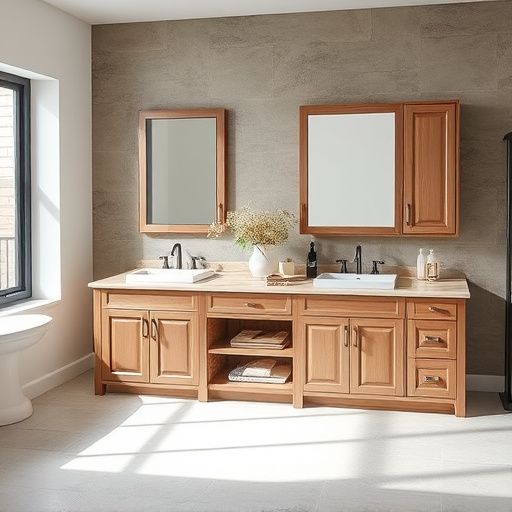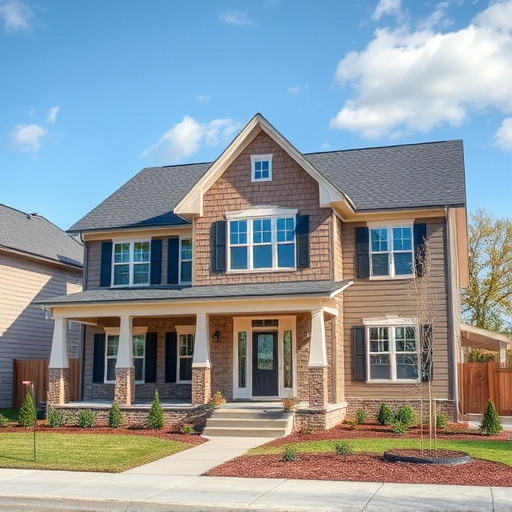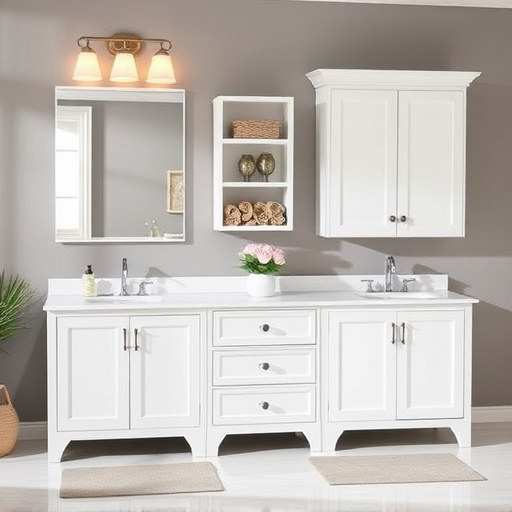Seamless interior and exterior transitions are vital for a successful home addition, requiring careful design to blend new spaces with existing architecture aesthetically and functionally. This involves evaluating layout, circulation patterns, view lines, and room proximity, aligning design languages, materials, and color palettes for a unified look. Professional builders offer expert advice on materials, colors, and layouts that complement your home's unique style, enhancing its value. The goal is to create an integral, beautiful, and functional addition that feels like it's always been part of your living environment.
Consider expanding your living space with a home addition but want it to blend flawlessly with your existing structure? Seamless interior and exterior transitions create a cohesive, inviting environment. This article explores how strategic planning and design choices can make your new space feel organic and connected. From integrating architectural styles to choosing materials that complement both indoors and outdoors, learn how to create a harmonious home addition. Discover the power of open-concept layouts, shared design elements, and outdoor enhancements that blur the lines between interior and exterior living.
- Planning and Design for Smooth Transitions
- – Integrating the new addition with existing architecture
- – Choosing materials that complement both interior and exterior aesthetics
Planning and Design for Smooth Transitions
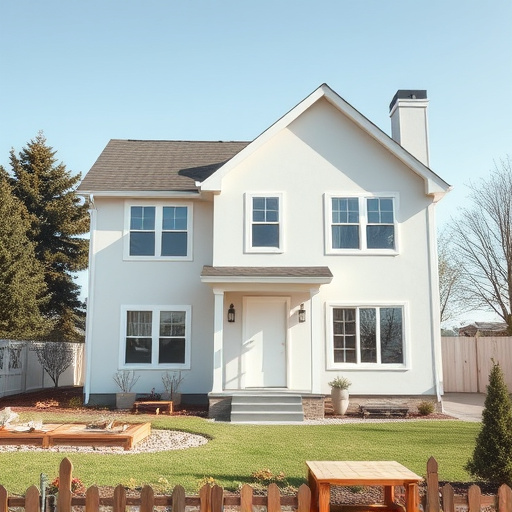
When planning a home addition, achieving seamless interior and exterior transitions is key to creating a cohesive space. Careful design considerations ensure that the new addition blends seamlessly with the existing structure, both aesthetically and functionally. Start by evaluating your home’s current layout and identifying areas where the addition can naturally fit, considering factors like circulation patterns, view lines, and proximity to other rooms. This holistic approach ensures that the transition from one space to another is smooth and intuitive, enhancing the overall flow of your home.
Additionally, utilizing similar design languages and materials across both existing and new spaces helps create a unified look. For instance, if you’re undertaking a multiple room remodel that includes a bathroom remodel, ensuring that the architectural style, flooring materials, and color palettes align will contribute to a more integrated feel. This attention to detail not only streamlines the transition but also elevates the overall design quality of your home addition project.
– Integrating the new addition with existing architecture
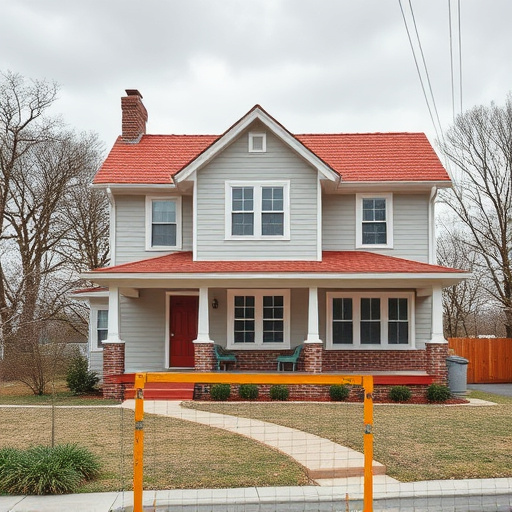
When planning a home addition, ensuring seamless interior and exterior transitions is key to creating a cohesive space that feels like it’s always been there. This means carefully integrating the new addition with the existing architecture, maintaining a consistent aesthetic and flow. Professional builders often accomplish this through customized work tailored to your home’s unique style, whether it’s a modern extension blending with mid-century lines or a traditional room added to a colonial. Every detail, from floor replacements to architectural elements, should align with the original design to create a harmonious living space.
Home improvement services that specialize in additions understand the importance of these transitions. They offer expert advice on materials, colors, and layouts that complement your home while enhancing its value. By focusing on both interior and exterior connections, they transform what was once an addition into an integral part of your living environment, creating a beautiful and functional space that you’ll love for years to come.
– Choosing materials that complement both interior and exterior aesthetics
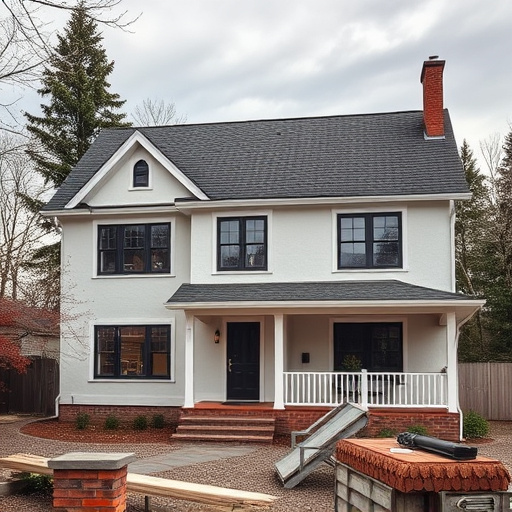
When designing a home addition that seamlessly integrates with both the interior and exterior spaces, careful consideration of materials is key. The goal is to create a cohesive look where each element complements one another, ensuring a beautiful transition from room to outdoors. Choose exterior finishes like siding or brick that mirror the style of your existing home, maintaining architectural continuity. This blend extends beyond aesthetics; it creates a functional flow where outdoor spaces feel naturally extended into the interior.
For instance, if you’re opting for a modern design with clean lines and an open layout, select materials that reflect this aesthetic throughout. Natural wood, sleek metal, and glass can all contribute to creating a harmonious space. The same goes for interior finishes; selecting flooring, countertops, and cabinetry that tie into your chosen theme ensures the addition feels like a seamless extension of your home rather than a separate entity. This attention to detail in material choices is what makes renovation services for multiple room remodels or whole house remodels truly successful.
When planning a home addition, creating seamless interior and exterior transitions is key. By carefully integrating the new space with your existing architecture and choosing materials that harmonize with both the indoor and outdoor aesthetics, you can achieve a cohesive and inviting living environment. This approach ensures a smooth transition, enhancing the overall value and appeal of your home while providing functional, beautiful living spaces.


